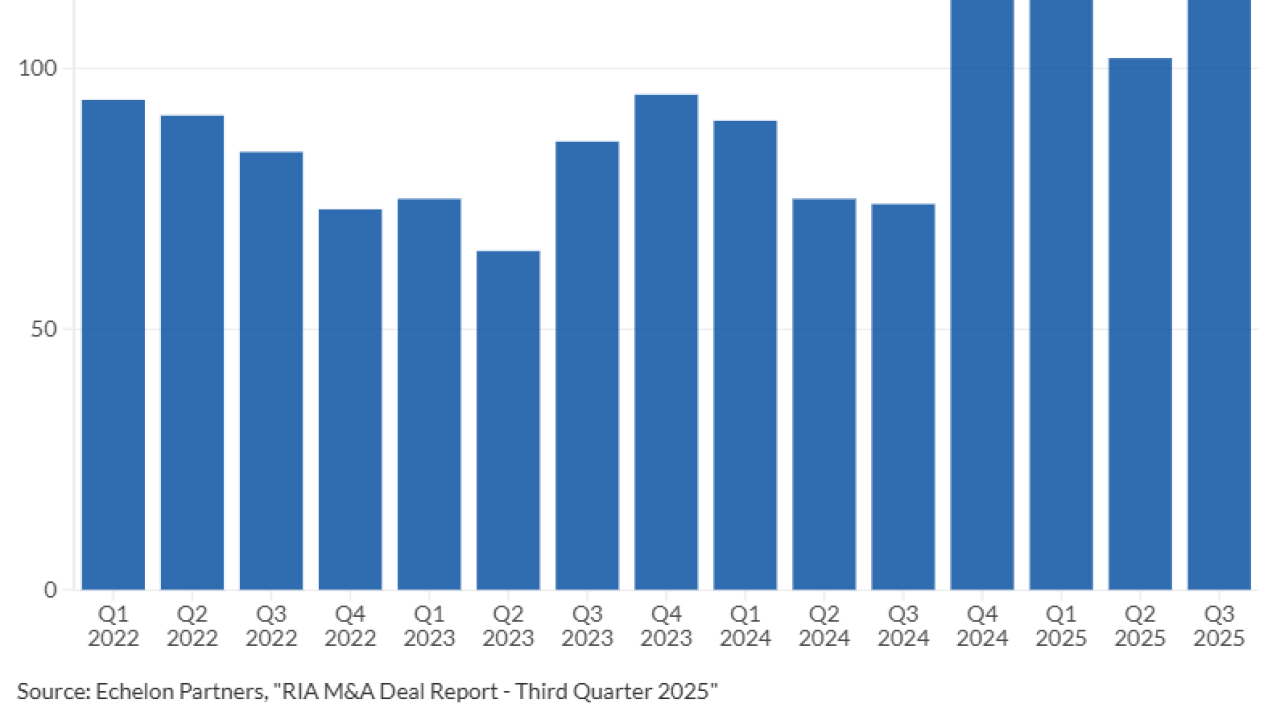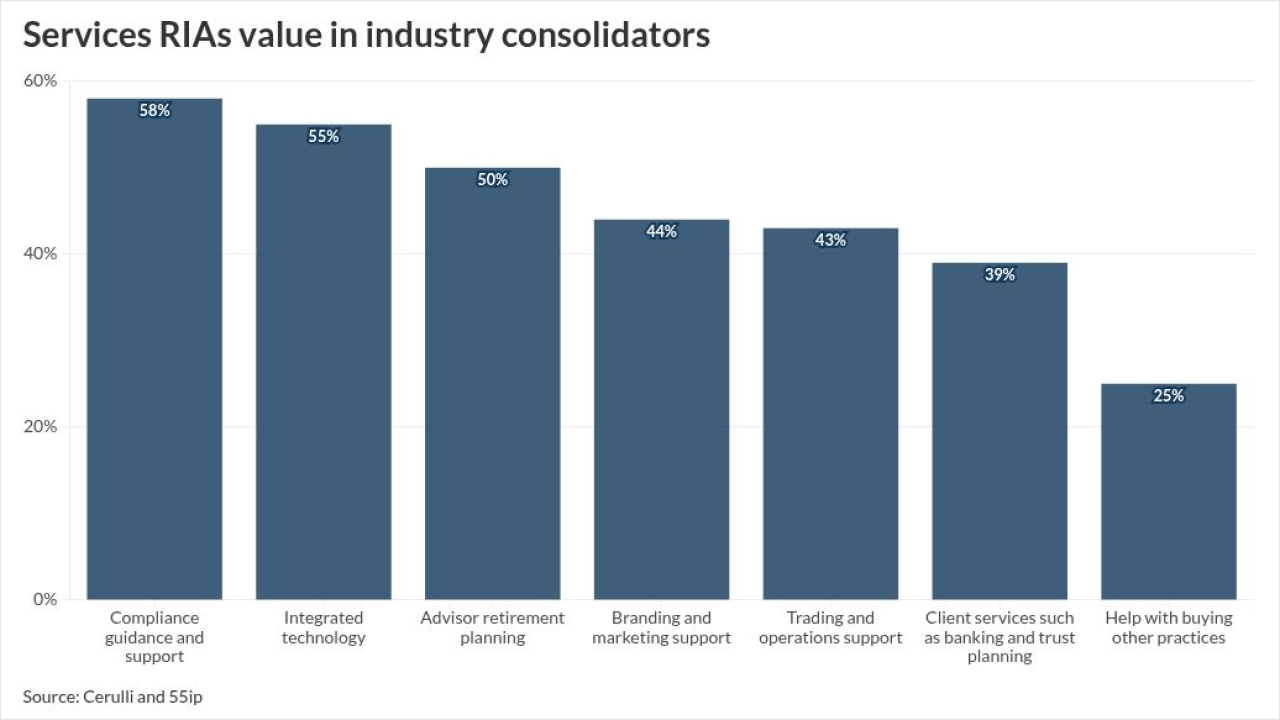
Spikes in stock market volatility can provide terrific opportunities to judge the effectiveness of liquid-alt mutual funds. For clients who have become increasingly concerned with the direction of global markets, this review may be a timely means of positioning their portfolio as well.
Clients might feel particularly jittery when the stock market takes a sudden dive following a period of relative calm. Such volatile conditions are precisely why clients might include liquid alts as part of their wealth planning.
Certainly not all products behave identically, but, at least at the strategy or fund-classification level, we can examine average performance to judge how well they can handle wild market activity.
For this study, we looked at 30-day performance over five periods, corresponding to the month-end of the five most volatile months last year through October. We only considered mutual funds for inclusion. While there are some actively managed alternative ETFs, clients have chosen mutual funds by a wide margin.
TRACKING VOLATILITY
Among the 11 liquid-alt mutual fund strategies tracked by Lipper, all but one group (short bias) showed greater volatility (as measured by standard deviation) than the S&P 500 in all five months measured. Another volatile group, Alternative Active Extension — the home of 130/30 funds — showed roughly the same standard deviation as the equity benchmark over all periods.
From there, volatility tended to decline in line with strategies less reliant on equities, with the lowest volatility recorded by alternative credit-focus funds (popularly called unconstrained bond funds). The group’s standard deviation barely budged, rising to 3.3% from 2.3%, and its average return remained fairly steady.
These results agree with traditional views of portfolio risk, where heavier stock allocations provide more volatility. In fact, in a simple 60% stock/40% bond portfolio, over the past 10 years, that portfolio would have had 98% of the volatility of an all-stock portfolio. Under that split, bonds often provide limited opportunities to meaningfully reduce volatility, which is where alts typically come into the conversation.
So what happens when we test the ability of alt funds to add diversification benefit for two clients: one who holds a lot of equity (for argument’s sake, 100% S&P 500) and the other who holds fixed income (using 100% the Barclays U.S. Aggregate bond index)?
The short answer is, results were mixed. The average 130/30-style fund, for example, saw its correlation with the S&P 500 increase from 95% to 97% at the end of September.
As supposed diversifiers, these funds went from bad to worse. Long-short equity and event-driven each saw their stock market correlation climb last summer to 81% and 79%, respectively, and neither proved a worthy diversifier.
Two other strategies (multi-strategy and global macro) provided mild diversification for equity-intense clients; their correlations hovered between 66% and 74% throughout the summer’s tumult.
Clients in absolute-return funds were treated to declining equity correlation heading into the end of October; the average fund in this category saw its correlation drop to 42% from 58%. Nothing stunning, but helpful nonetheless.
Currency strategies funds began with low correlations (an average of 29%) but trended higher to 37% at the end of September.
More-consistent results were found among equity-market-neutral and credit-focus-alternative products, where one-month correlation with the S&P 500 remained well within a low correlation range of 28% to 36%.

MANAGED-FUTURE PRODUCTS
As expected, short-bias (or bear market) funds provided negative correlations throughout all periods, from -66% to -74%. However, because these figures are on the other side of a -70% correlation, they provide better hedging than true diversification.
In fact, the real stars of this test were managed-futures products. This group began the low-volatility period with an average equity correlation of 41%, then dropped to -24% by the end of the study.
At the end of August, their average correlation sat at a near perfectly non-correlated -5% — exactly the direction one would hope for when markets turned squirrely.
So what about an investor with a bond-centric portfolio — or, in this case, the Barclays U.S. Aggregate bond index?
The good news here is that just about all alternatives products provide very good (almost exceptional) diversification benefits to a bond portfolio.
All of the 11 group averages had a correlation to the bond benchmark between -54% and +38% at the start of the study. Even though figures often showed climbing correlation with the benchmark by the end of July, we still saw correlations between -42% and +30%.
Over the following two periods, the correlations improve (got closer to zero) in most cases, with the exception of managed-futures funds, which further widened to a 48% correlation — a figure that could still be considered low correlation.
Jeff Tjornehoj is head of research in the U.S., Canada and Latin America for Lipper. Follow him on Twitter at
Read more:





